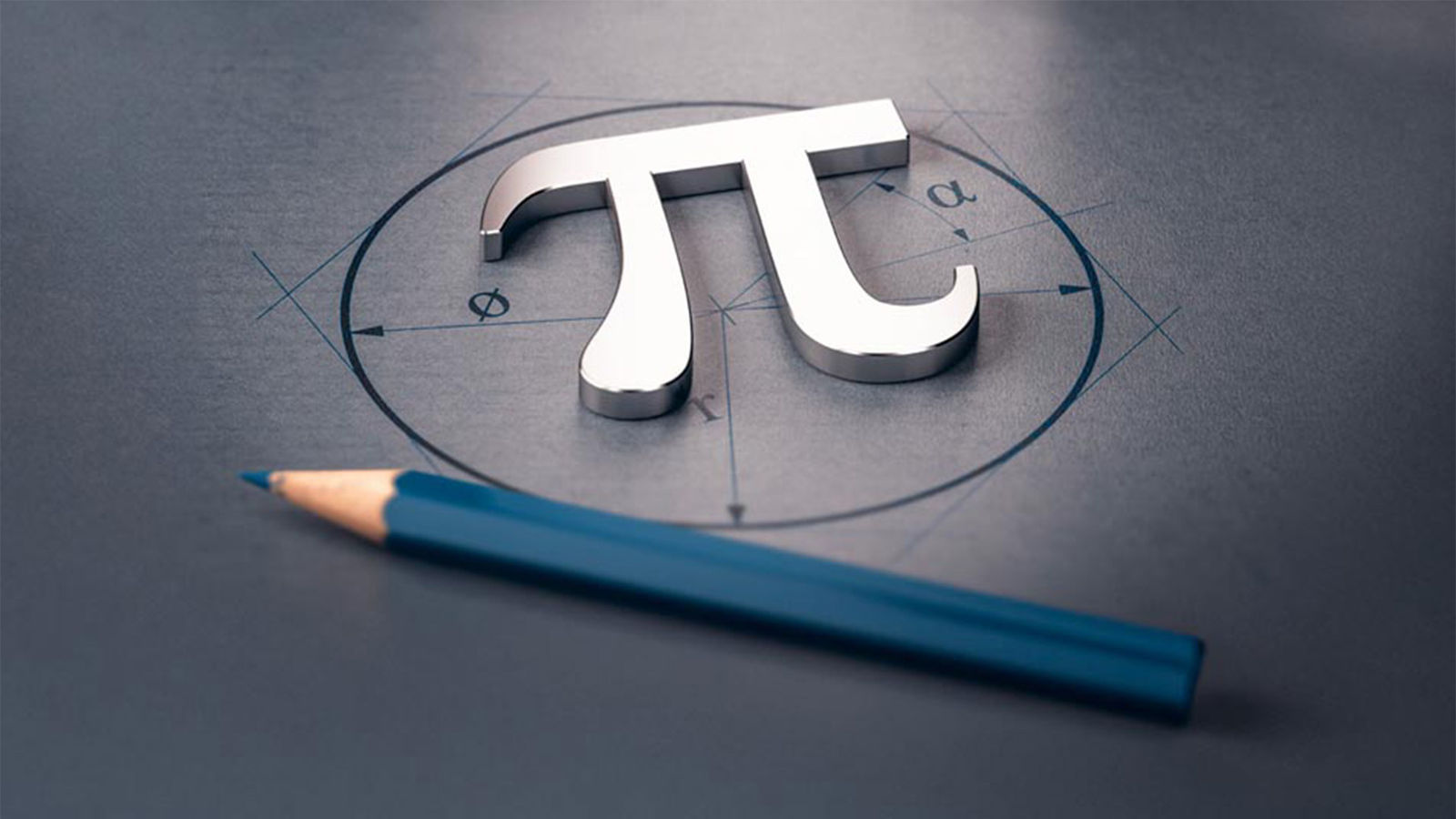The Life and Times of Pi
Pi Day took place on March 14, 2024. Our friendly neighborhood constant is used in engineering to determine the dimensions of gears, wheels, and pipes. Pi is also used in computer science to generate random numbers for cryptography, simulation, and gaming. With a tip of the cap to math enthusiasts, we offer a quick cheat sheet to pi and its fascinating history.
Pi has been known since ancient times The first recorded approximation of pi was done by the ancient Egyptians around 1650 BC. They estimated the value of pi to be around 3.16. The ancient Babylonians also had a similar approximation, as did the ancient Greeks. The Greek mathematician Archimedes is credited with being the first to accurately calculate pi using a geometric method around 250 BC.
The symbol for pi (π) was first used by Welsh mathematician William Jones in 1706. However, it was not widely adopted until the 1730s when Swiss mathematician Johann Lambert started using it. The symbol was chosen because it is the first letter of the Greek word for perimeter (περιμετρος).
Pi is an irrational number, which means that it cannot be expressed as a finite decimal or fraction. Its decimal representation goes on forever, without repeating. This property has intrigued mathematicians for centuries, and many have attempted to calculate pi to as many digits as possible. As of 2021, the most accurate calculation has been done up to 62.8 trillion digits!
Filmmaker Darren Aronofsky (Requiem for a Dream, The Fountain, Black Swan) made his feature film debut in 1998 with Pi, a psychological thriller following an obsessed mathematician who believes everything in nature can be understood through numbers.
Pi Day began in 1988 when Larry Shaw, a physicist at the Exploratorium in San Franscico celebrated the calculation on March 14 (3.14). Fittingly, it’s also Albert Einstein’s birthday. Shaw originally celebrated “Pi Day” by simply eating pies and discussing mathematical constants. It would evolve to include a parade, a pi shrine, the eating of pies (pizza and desserts), and more.






